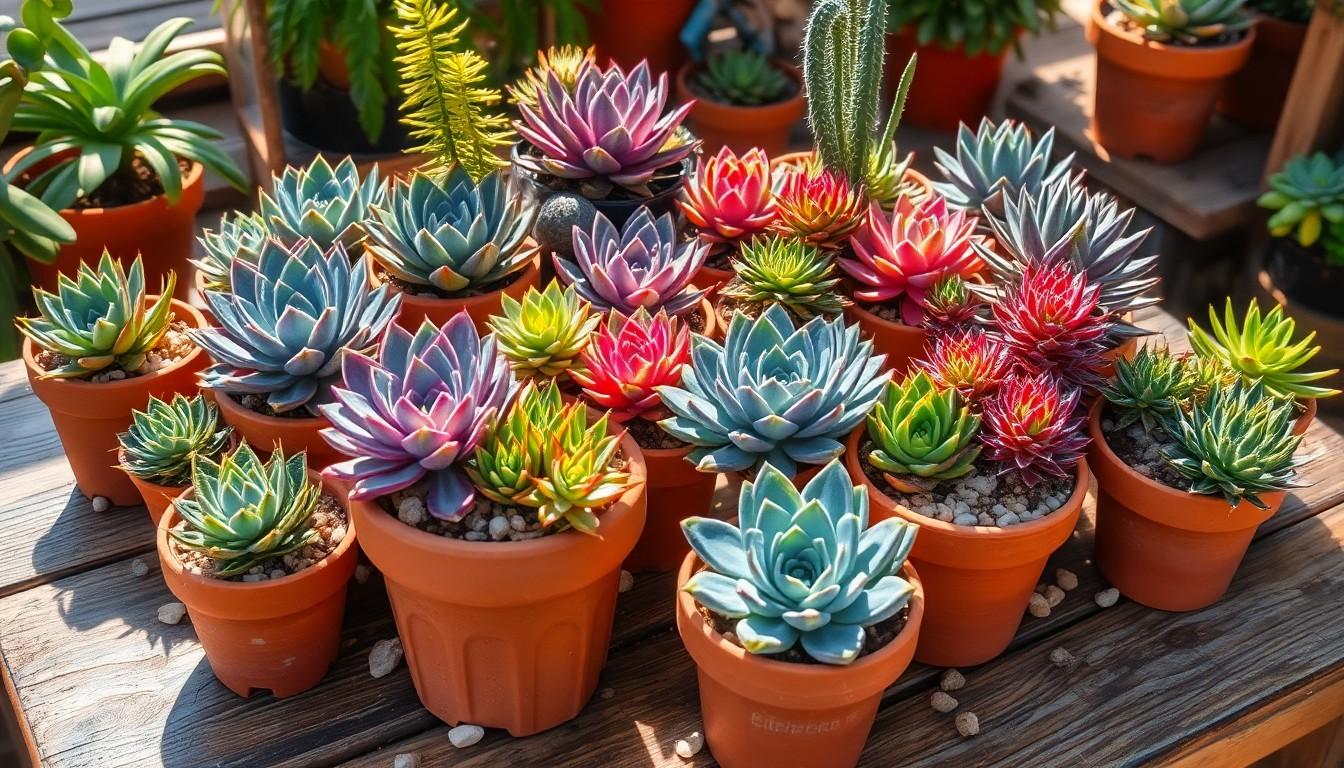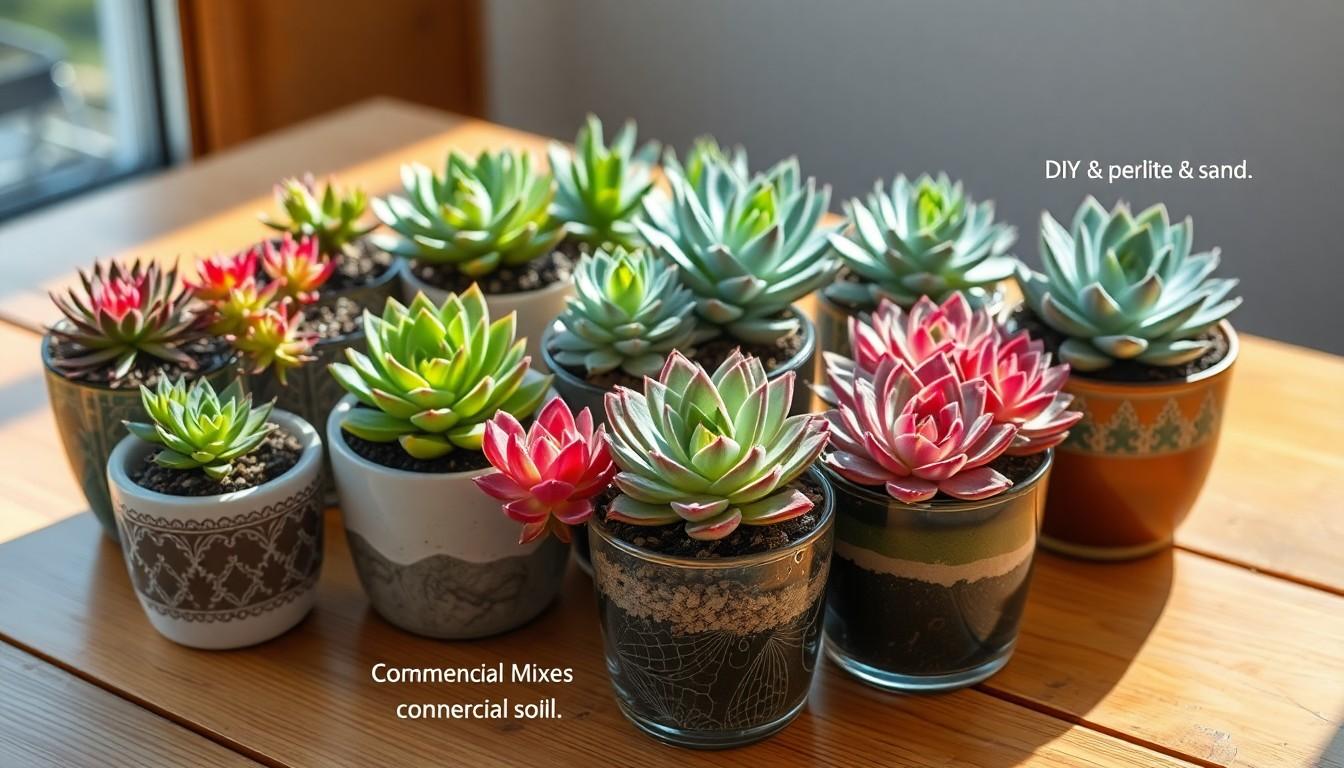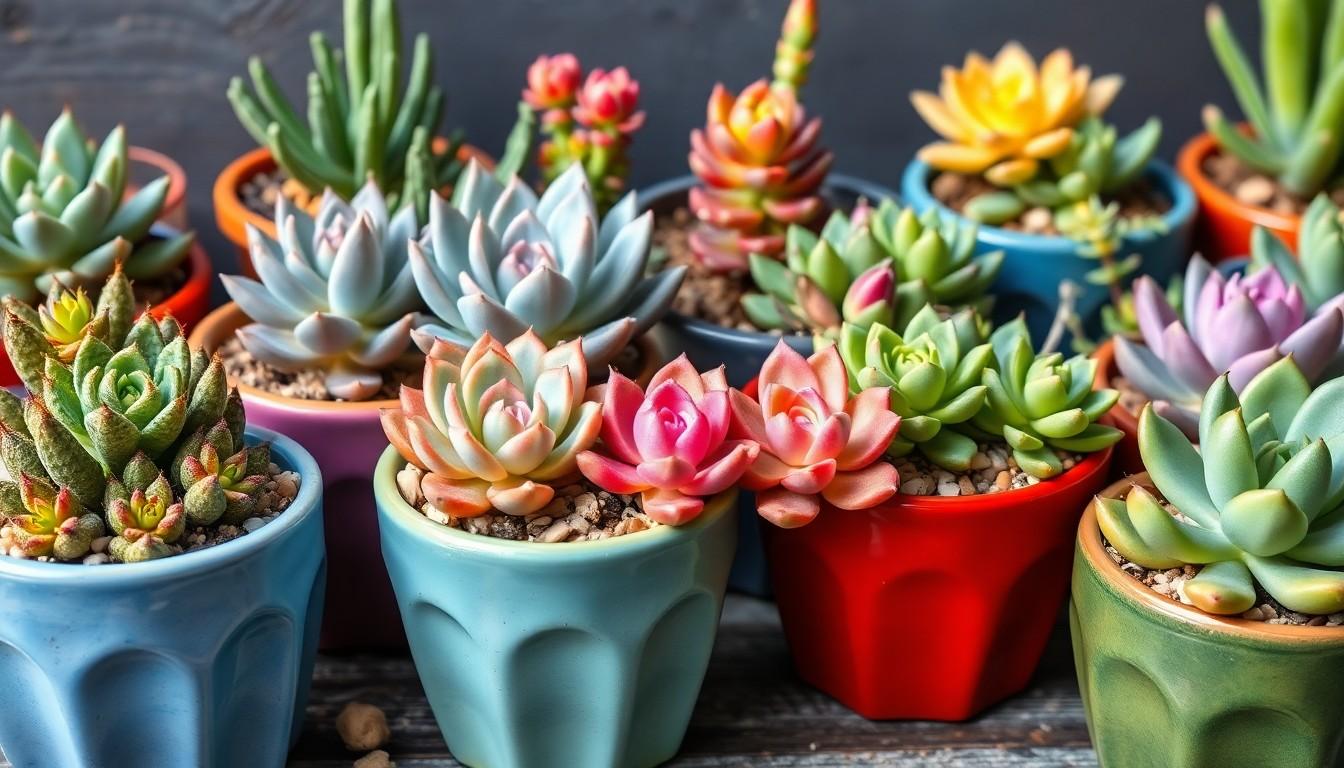Phone:
(701)814-6992
Physical address:
6296 Donnelly Plaza
Ratkeville, Bahamas.

Succulents are the rock stars of the plant world—low maintenance, stylish, and ready to thrive in almost any environment. But even these resilient beauties need a solid foundation to truly shine. Enter succulent soil, the unsung hero of plant parenting that can make or break your green thumb aspirations.
Succulents require specific soil types for optimal health and growth. Soil composition significantly influences their ability to thrive and avoid common issues.
Proper soil prevents excess moisture around the roots, reducing the risk of root rot. Well-draining soil also ensures that succulents receive adequate air circulation, which is essential for healthy growth. Succulents adapted to arid climates flourish in soil that mimics their natural habitat. Correct soil helps maintain nutrient levels, promoting stronger plants. Choosing the right soil directly impacts a succulent’s overall vitality.
Ideal soil for succulents features excellent drainage and aeration. Coarse materials like perlite and coarse sand enhance airflow and prevent water retention. Organic matter, such as compost, provides essential nutrients without compromising drainage. Soil pH levels between 6.0 and 7.0 support nutrient availability while preventing unnecessary acidity. Mixing these components creates an optimal environment for healthy succulents.

Different types of succulent soil cater to the needs of these unique plants. Selecting the right soil ensures healthy growth and reduces the risk of common problems.
Numerous commercially available succulent soils provide convenience and reliability. Brands like Miracle-Gro and FoxFarm offer blends specifically designed for cacti and succulents. These products typically feature a mix of peat moss, sand, and perlite, ensuring good drainage and aeration. Many gardeners prefer these options for their consistency and ease of use. Choose mixes that label suitability for succulents to guarantee proper care.
Creating a DIY succulent soil mix allows for customization based on specific plant needs. A basic blend consists of three essential components: potting soil, perlite, and coarse sand. Begin with one part potting soil, two parts perlite for aeration, and one part coarse sand for drainage. This combination mimics the natural habitat of succulents, promoting healthy growth. Adjust ratios as needed, depending on the specific succulent variety, to enhance overall effectiveness.
Selecting the right succulents soil involves several key factors. Each aspect plays a critical role in ensuring healthy plant growth.

Excellent drainage is vital for succulent health. Soil that retains too much moisture can lead to root rot. Airflow around the roots supports healthy development. A mix of coarse materials such as perlite and pumice increases drainage and aeration. Proper aeration helps roots absorb oxygen effectively. Combine these materials with organic matter to achieve the right balance. Well-draining soil mimics the arid climates where succulents naturally thrive. Aim for a soil blend that dries quickly after watering. This promotes robust root systems and prevents water accumulation.
Sufficient nutrient content supports succulent growth. Specific nutrients strengthen plants, promoting vibrant colors and healthy leaves. Organic matter within the soil mix provides essential nutrients. For optimal results, consider using a balanced fertilizer with slow-release properties. Succulents may require fewer nutrients than other plants. Focus on a soil blend that offers essential elements without overloading them. An optimal nutrient mix ensures plants can access what they need without excess buildup. Adjusting nutrient levels based on succulent variety enhances overall health. Ultimately, the right nutrient balance fosters thriving, resilient plants.
Many gardeners encounter common pitfalls when selecting soil for succulents. Addressing these mistakes can significantly improve plant health.
Overwatering leads to root rot, which is a primary concern for succulent owners. Plant roots in soggy soil struggle to absorb oxygen, a vital element for growth. Signs of overwatering include yellowing leaves and mushy stems. It’s crucial to choose soil that drains quickly to avoid these issues. Mixing coarse elements like perlite ensures water evaporates rapidly, allowing roots to breathe. Adjusting watering habits according to the season can further protect succulents from excessive moisture.
Using regular potting soil poses risks for succulent health. Such soil often retains too much moisture, which succulents dislike. Compacted soil can suffocate roots, inhibiting growth and vitality. Opting for a mix designed specifically for cacti and succulents offers better drainage and aeration. These specialized mixes contain ingredients like coarse sand and expanded clay for optimal conditions. Creating a custom blend using potting soil, perlite, and sand can effectively mimic a succulent’s natural environment.